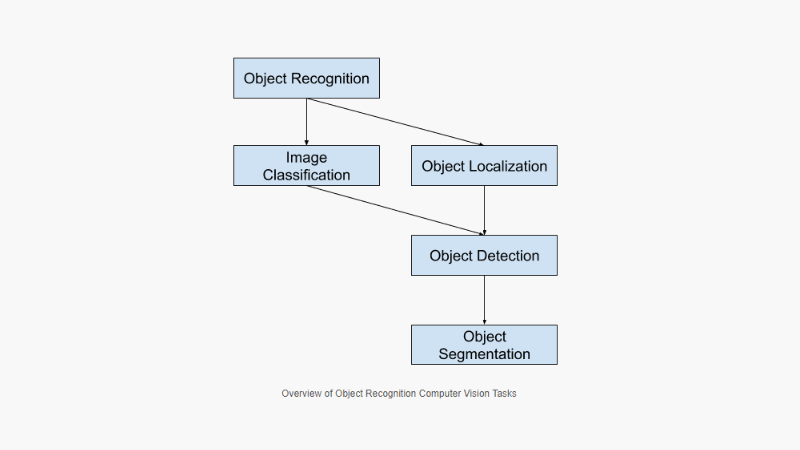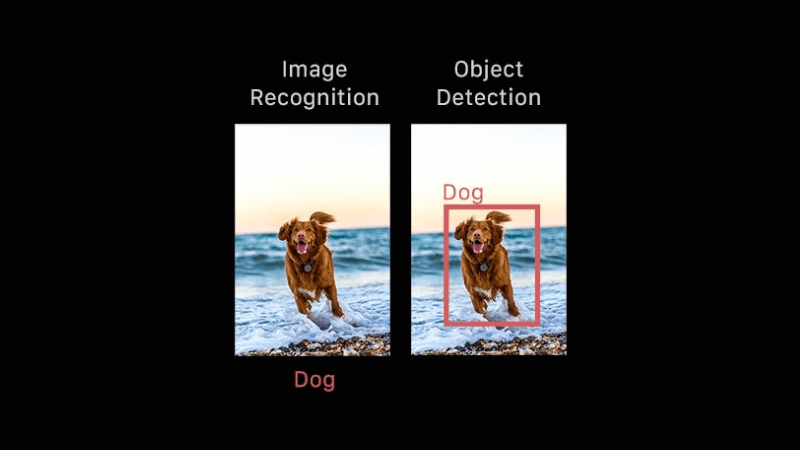Data analysis plays a significant role in business development in any industry, whether it is retail, aviation, construction or hospitality. Computer Vision technologies get you valuable insights automatically and in real-time.
Picture this: you are in a retail store, and you are taking time to identify products and waiting for the checkout. These are usual actions that we do in our daily lives. Automatic product recognition has great importance for both economic and social progress due to the fact that it is more reliable than manual operation and time-saving.
Product recognition via images is a challenging task. At the same time, it has a lot of uses in various activities, such as automatic checkout, stock tracking, planogram compliance, visually impaired assistance, etc.
In the latest years, deep learning has seen a great evolution in image classification and object detection.
According to a study published by Markets and markets, the image recognition market size is expected to grow from 26.2 billion dollars in 2021 to 53 billion dollars by 2025, at a compound annual growth of 15.1% during the forecast period.
What is image recognition, object recognition and object detection?
Image recognition software (also known as computer vision), allows apps to understand images or videos. These kinds of software take images as an input, and a computer vision algorithm provides an output. Some other aspects of image recognition include product recognition, image restoration, object recognition, and scene reconstruction. Image recognition software can be used to train image recognition models. Although image recognition is technically a form of machine learning, the Machine Learning category is focused on tools (such as software, APIs, SDKs, and frameworks), that provide other machine learning capabilities, such as recommendation engines and pattern recognition.
Object recognition is a general term to describe a collection of related computer vision tasks that involve identifying objects in digital photos.
Object detection is a computer vision technique for locating instances of objects in images or videos. Object detection algorithms typically leverage machine learning or deep learning to produce meaningful results. The goal of object detection is to replicate this intelligence using a computer.
What is the difference between object recognition and object detection?
When we refer to object recognition, we can answer the question “which object is depicted in the image?”. The input is an image that contains unknown objects. The output is the positions and the names of the objects in the image. When labelling objects, there is usually a set of categories or labels which the system “knows” and between which it can differentiate.
When we refer to object detection, we can answer the question “where is this object in the image?”. The input is a clear image of an object and an image (possibly) containing the object of interest. The output is the position, or a bounding box of the input object if it exists in the image (e.g. the object is in the lower right corner of the image).

The difference between image recognition and object detection in a picture:

What are some benefits of object recognition and object detection?
Object detection is linked to other similar computer vision techniques, such as image recognition and image segmentation, and it helps us understand and analyze scenes in images or video.
Object recognition can help you to automate the specific processes bringing competitive advantages to retail, aviation, healthcare, manufacturing, transportation and other industries.
Because of its capacities, object recognition can automate different kinds of tasks, such as crowd counting, self-driving cars, video surveillance, face detection, anomaly detection, etc.
- In video surveillance, object detection techniques can accurately identify and track multiple instances of a given object in a scene. These techniques lend themselves to automating video surveillance systems. For example, object detection models are capable of tracking multiple people at once, in real-time, as they move through a given scene or across video frames. This helps with worker performance and safety, retail foot traffic, and it provides invaluable insights into security.
- In the case of crowd counting, object detection helps to measure different kinds of traffic in densely populated areas. Also, it helps with the optimization of logistics pipelines, inventory management, shift scheduling for workers, etc. Crowd counting is another valuable application of object detection. For densely populated areas like theme parks, malls, and city squares, object detection can help businesses and municipalities more effectively measure different kinds of traffic—whether on foot, in vehicles, or otherwise.
- Anomaly detection is a use case of object detection that’s best explained through specific industry examples. For example, in agriculture, a custom object detection model could accurately identify and locate potential instances of plant disease, allowing farmers to detect threats to their crops.
- For self-driving cars, object detection is a foundational task that underpins current work on making self-driving cars a reality. These systems need to be able to identify, locate, and track objects around them in order to move through the world safely and efficiently.
Are you interested in facial recognition? We have prepared an article that will teach you some essential things about it and will show you the latest trends.
While the majority of these tools work in the cloud (i.e., one must send the image to the cloud to be processed), some provide the ability for image processing on the edge or on the device.
In the deep learning computer vision approach, the system learns how to recognize a target by itself. Based on hundreds of pictures, deep learning algorithms can build their own set of visual features to recognize targets. The system becomes more accurate, as there are more pictures to be analyzed.
